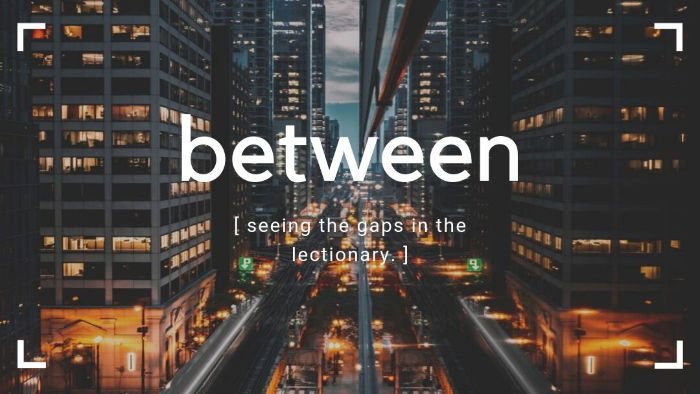A look at the gaps in the lectionary.
This week: the gap between
The text: Mark 6:35-52
The lectionary proceeds straight from the interlude with Herod last week into the disciples returning from their apostolic mission into the world. So this week’s gap in the lectionary occurs within the reading itself.
The hole in the middle of this week’s selection is an important contextual story we read elsewhere in the lectionary (next week—using John): the feeding of the multitudes and Jesus walking on water.
These two parts of the story are interlocked with the need for rest and separation, for the weight of the mission entrusted to Jesus and the disciples; to the scope of the disciples still misunderstanding of Jesus’s true potential.
We read a story that begins with the need for time away—then we cut out the part that derails that time away. And then the time Jesus does get.
We also miss the second half of Jesus’s experience of rest: when he does get time, his disciples fear him (they think he’s a ghost).
This story comes after Jesus has already tried to escape the oppressive character of the crowds. And it comes after reading about how that similar notoriety got John the Baptizer killed. This all feels threatening to Jesus in the moment.
The feeding story from John comes soon enough (and his telling is a bit more compelling than Mark’s, to be fair). But it feels like cheating to lose the ghost story that follows it. For Mark, the feeding is tied to the fright of the disciples. That, even through all of this, they see things that are real and treat them like apparitions. That they don’t truly trust Jesus to their core.
I can see why this story isn’t told in order in the lectionary. But I think we all lose something in not attending to it as essentially one story.
